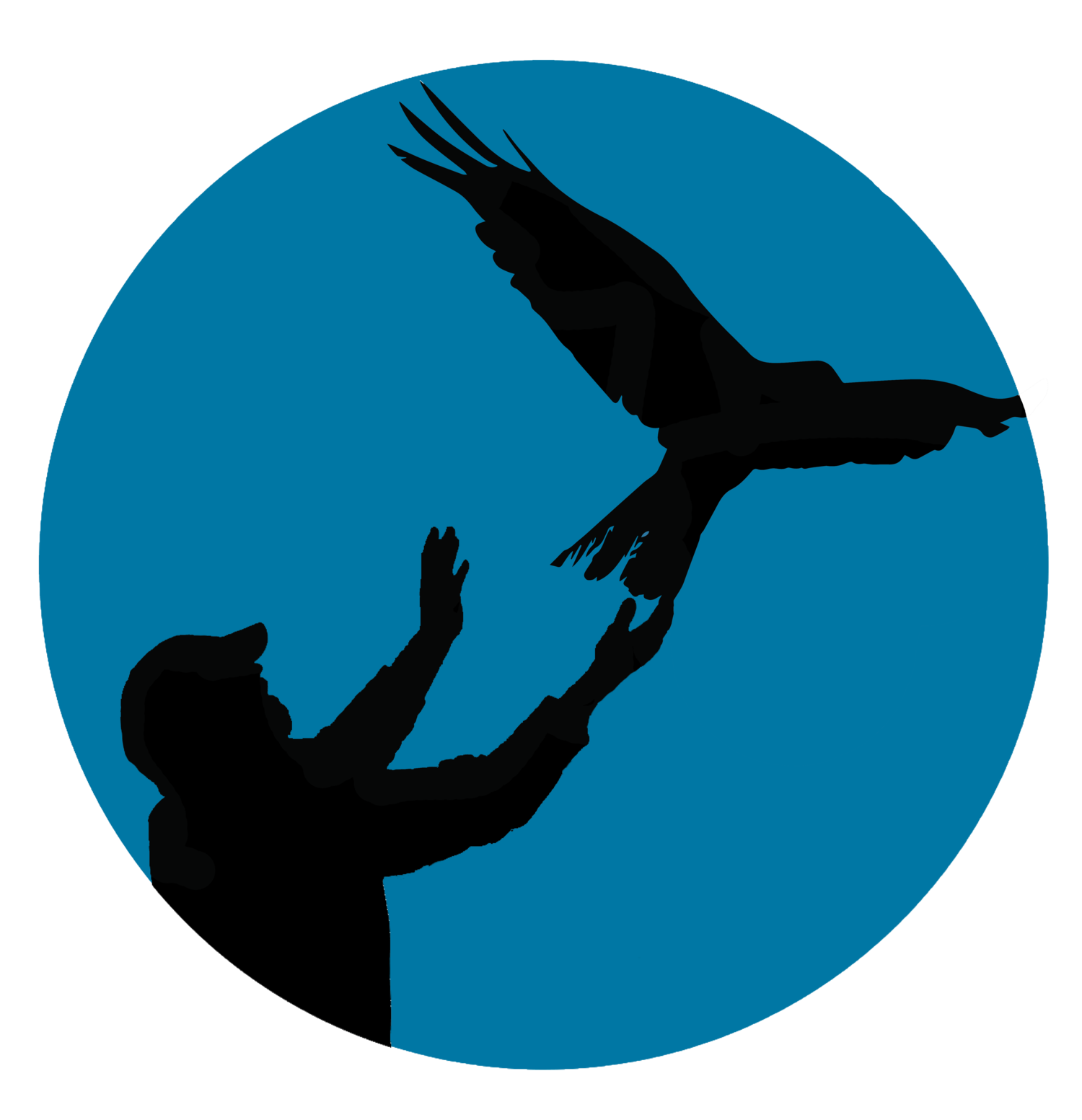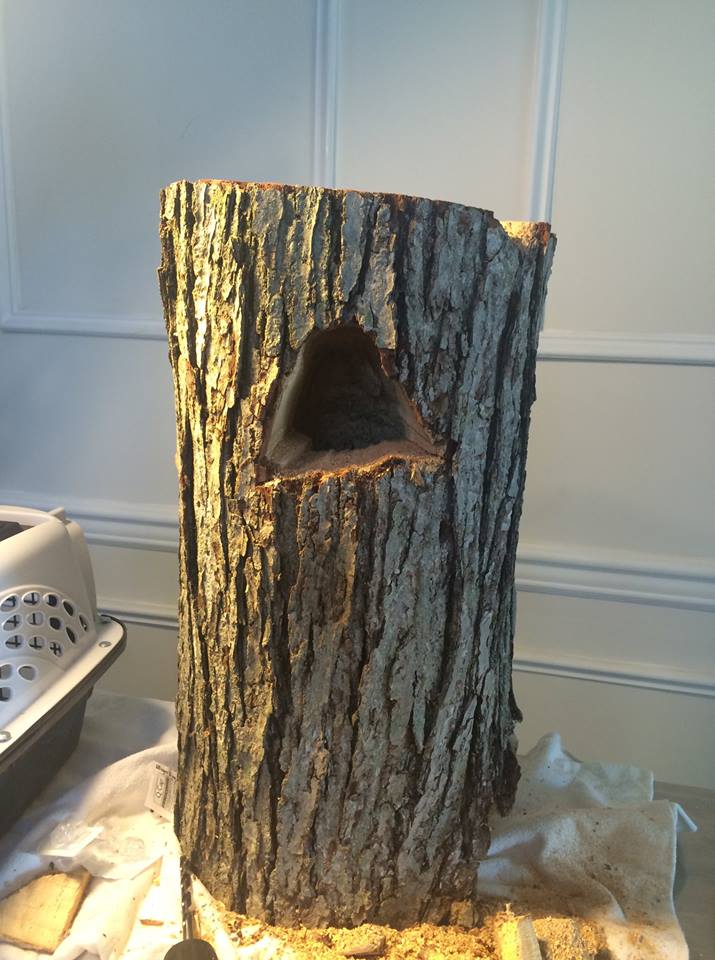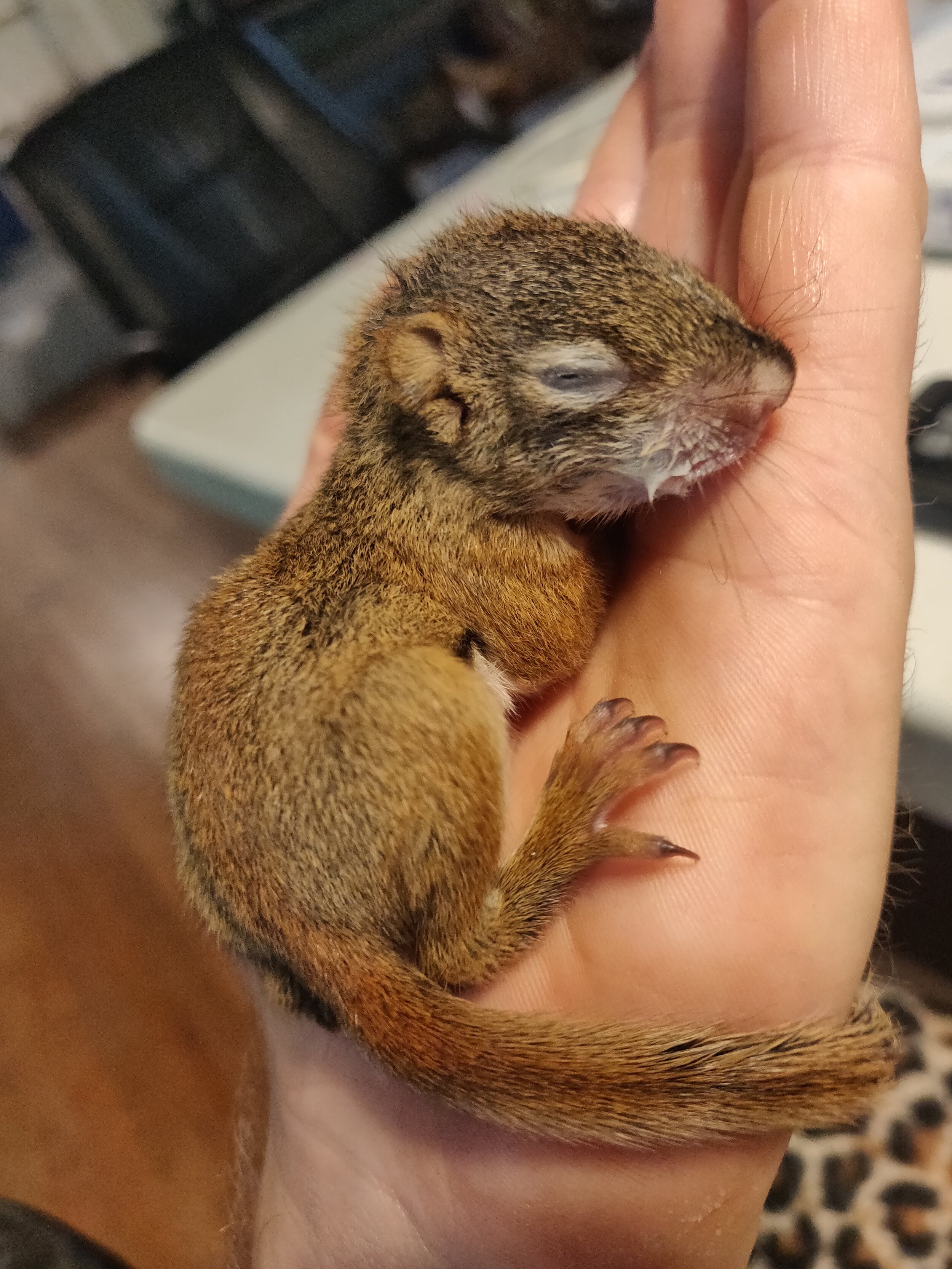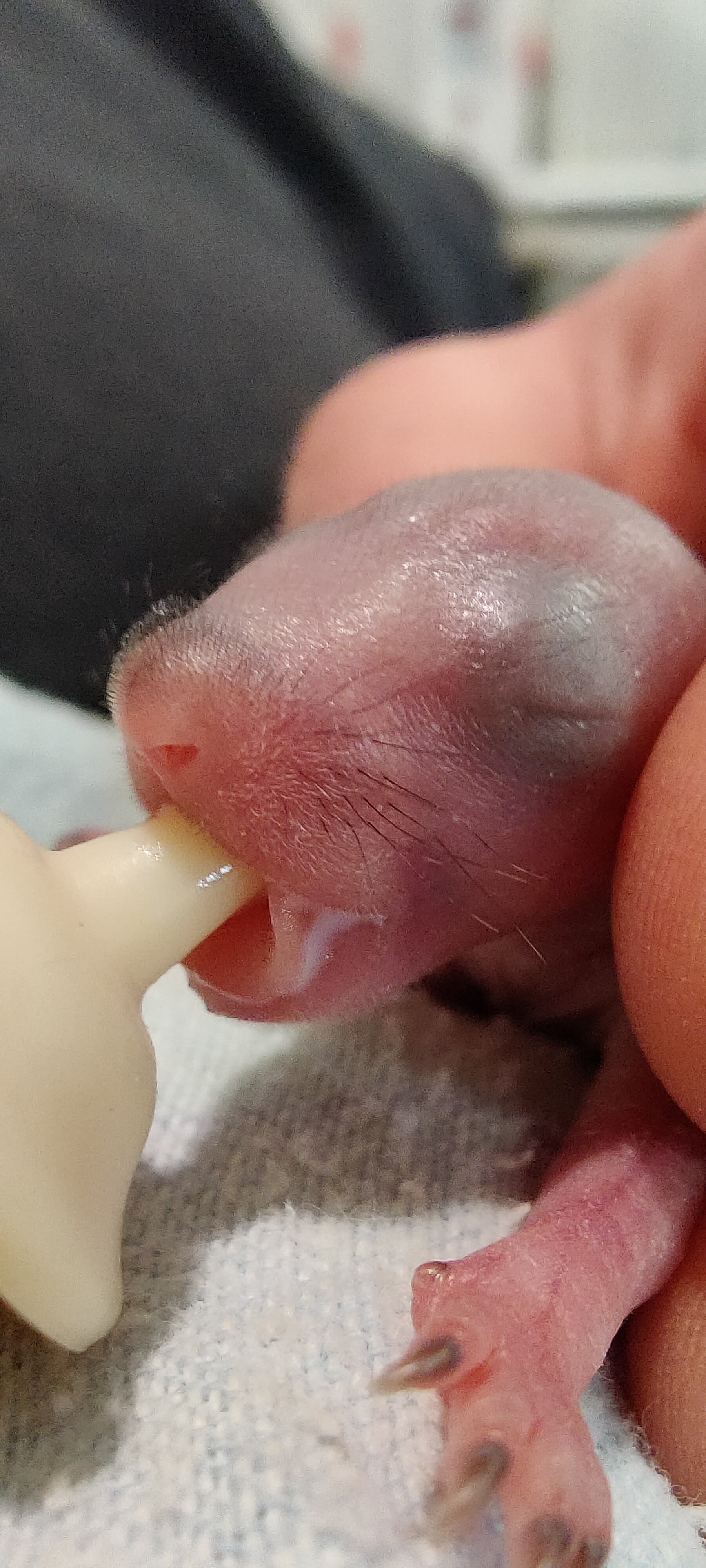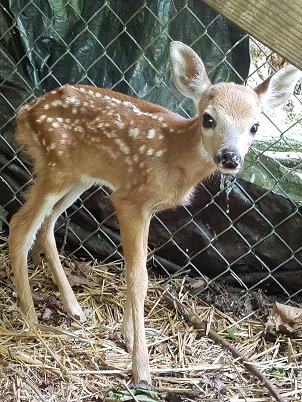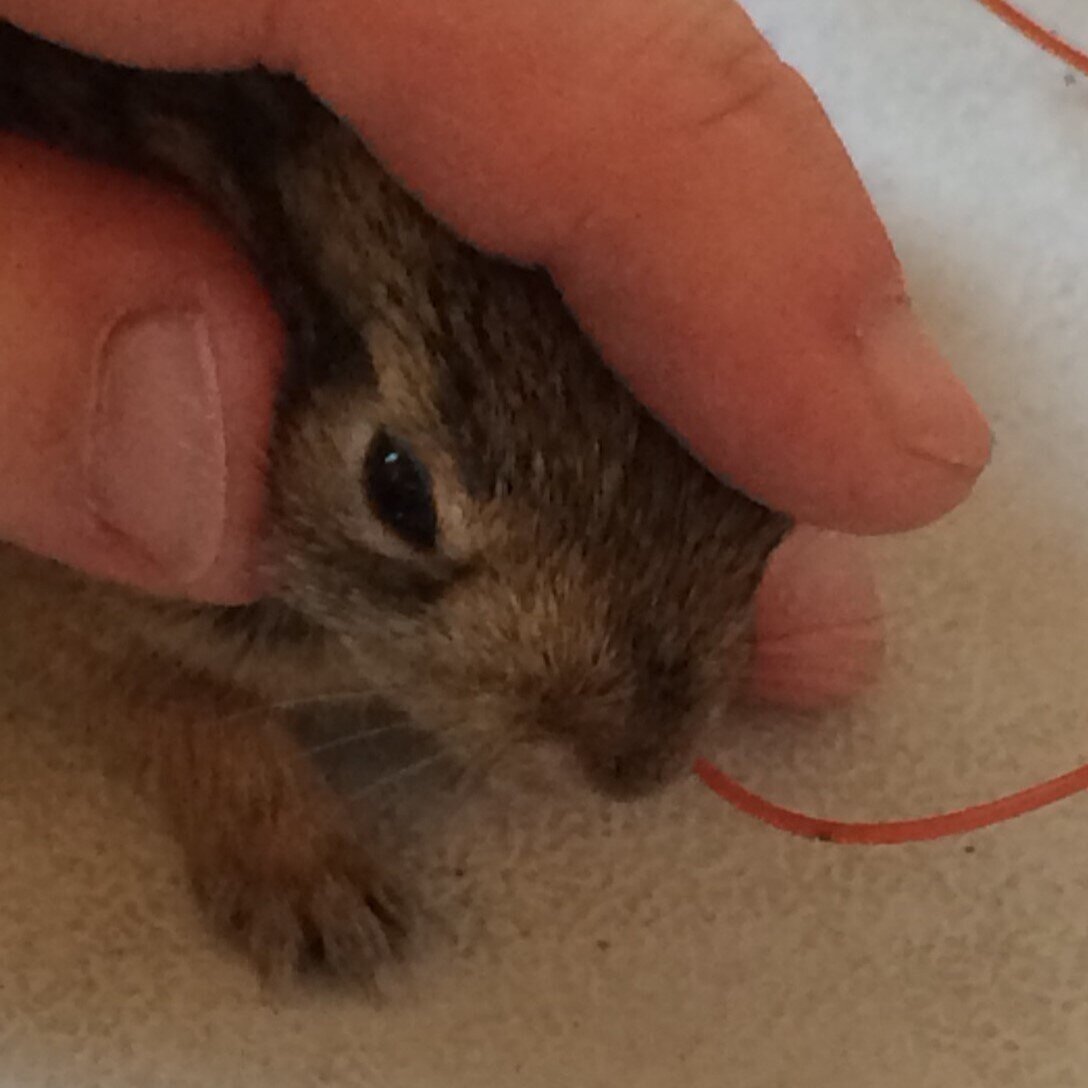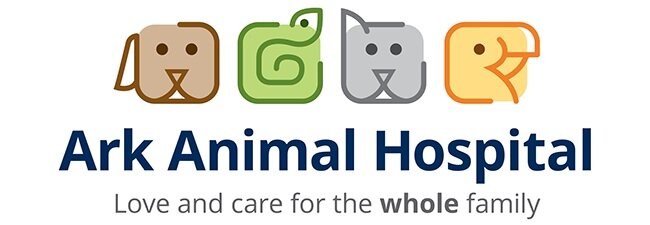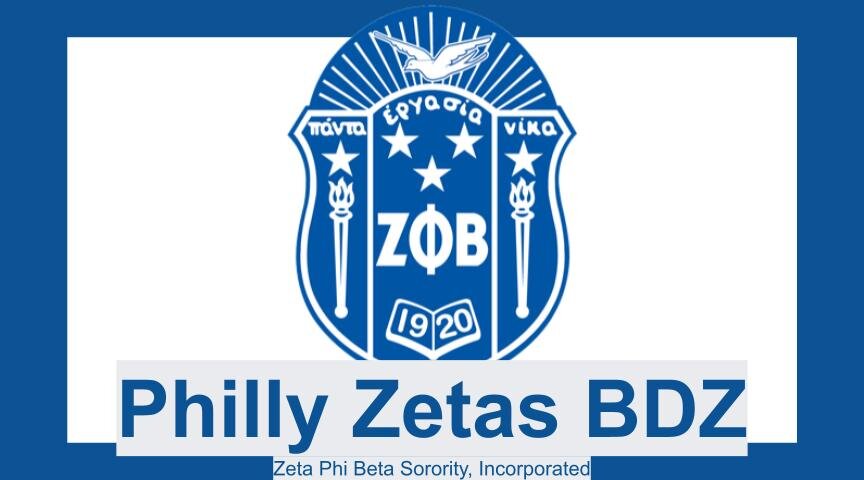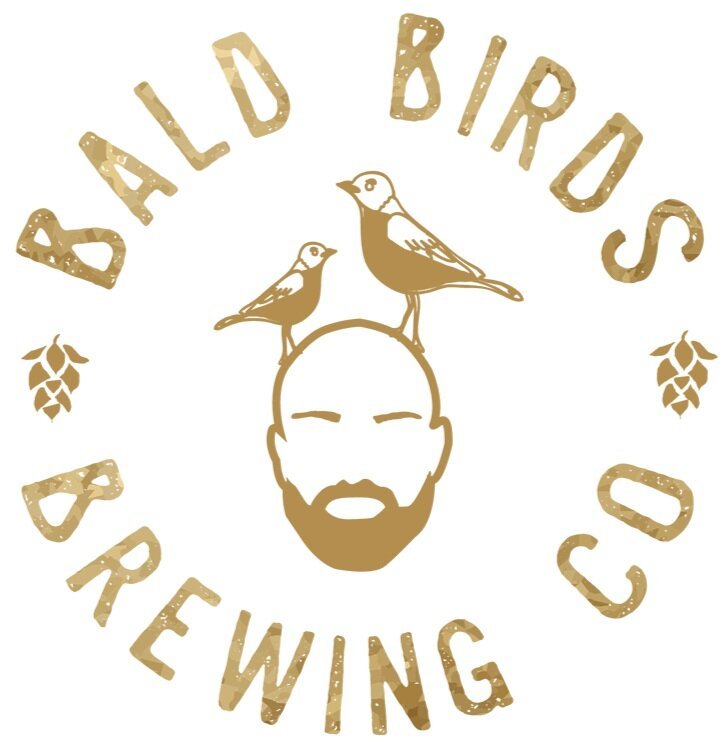This squirrel was admitted with a large abscess on its jaw. We drained the fluid, then administered antibiotics and pain medication. Patient 0061 is now on the road to recovery and release.
Patient 0022 Northern Flicker
This is a Northern Flicker, one of the woodpecker species native to Pennsylvania. A neighbor found it in her backyard after it struck a window. Notice the yellow shafts on the feathers.
Patient #2924 - struck by car
This Red-tailed hawk was hit by a car. A kind motorist noticed the injured bird and brought it to us using the box-over method. As you can see in the pictures, the animal’s right side primary flight feathers were severely damaged and are now regrowing. Once the bird can achieve stable flight, we will set it free.
Courtesy of US Fish and Wildlife
RETROSPECTIVE - Our First Blog Story
Our first blog post is the story of a dramatic rescue at the Philly Metro Wildlife Center. Someone had to cut a dead tree down, but it had TWO holes in the trunk. The nice tree guy cut the trunk into pieces and brought them to us. The first piece of trunk was making sounds like baby red-bellied woodpeckers inside, but woodpecker parents don't just bore a hole straight into a tree--instead, they bore a hole in, then deep down. Specifically, narrow enough and deep enough that a raccoon can't get his arms down there, or a hawk can't reach his talons down there, to pull the babies out to eat them. In this case, no human could get a hand in there, not even Tyrion Lannister. So how did we get the babies out without hurting them?
First, we had to widen the hole. We started with a saw, cutting two longitudinal lines down, then using a drill to make holes across and then router-out the holes and remove the piece of wood. The rehabbers Rick and Michele have been doing this kind of work for a combined 31 years, so we know exactly how to do it without hurting babies. Don't try this at home! When we were done, it was wide enough for a woman to get her hands in. What did we find?
With the hole widened, volunteer Moya Kinnealey, who has been with us for 13 years, was able to get her hands in and safely withdraw the babies--4 red-bellied woodpeckers! They were alive and doing well, and recently hatched! You can still see the egg tooth if you look closely. BUT--the story is not over yet...this tree had one more surprise for us!
Baby red-bellied woodpeckers!
This particular tree had TWO holes in it. The second contained a baby screech owl.
This is a sad thing--two families disrupted, two sets of parents devastated, two different species unhomed. And screech owl nests typically have 3 or 4 babies, not 1, so the others must have fallen or jumped out beforehand, and are lost. However, through wildlife rehab we were able to salvage some of the situation and give some of these beautiful animals a second chance.
Below is a photo of the woodpecker babies after they have grown a bit, looking happy and healthy! The screech owl baby also did very well and was eventually released! A true success story!
At Philadelphia Metro Wildlife Center, our mission is to provide support and rehabilitation to injured and orphaned wildlife, and to inspire and educate people to care about and coexist with wildlife. We accomplish this work with the support of our dedicated volunteers and are purely funded through donations. Please help us accomplish our mission by sharing this blog post, following our stories, and providing donations of supplies or funding. Any questions? Please send an e-mail to info@phillywildlife.org
Great Horned Owl Returns
Great Horned Owl Surrogacy - Complete
Jackson, our Great Horned Owl surrogate father, took charge of this orphaned baby back in April. Now, this fully mature adult is prepared to achieve freedom.
The Case for Pigeons
Woodchucks
"What's up dude?" Who doesn't love woodchucks? I know we do. Also called groundhogs and whistle-pigs.
Retrospective - Patient #0001
Within an hour of moving into our new space and opening our doors, we received our very first patient, #0001, an 18 day old Great Horned Owl chick.
Opossums Aplenty
We just admitted a mother Opossum that was gravely injured by a car, and we found 15 babies in her pouch! Before today, we understood the carrying capacity of a Virginia Opossum’s pouch to be 13.
Spotted Lanternfly Tape Harms Wildlife
Red-bellied Woodpecker
Lanternfly tape has a devastating affect on wildlife (birds, bats, flying squirrels, etc.). If you find an animal on tape, do not attempt to remove it. Cut the tape from the tree and apply paper towel to the rest of the exposed tape so the animal does not get further attached. Place the animal, tape, and all in a cardboard box and bring it to us.
If you insist on using sticky tape, wrap it with hardware cloth to prevent harming other wildlife. See our feature on primetime news about lanternflies and wildlife (below) and a video we created about our solution (bottom).
How to help baby birds
-IMPORTANT-
This is the time baby birds are at highest risk of "KIDNAPPING" by humans who assume the bird is orphaned. If the bird is not obviously injured, leave it alone. It is crucial to keep kids and pets away to allow the baby bird to develop naturally.
STOP AND OBSERVE. Crucial decision point:
A brand new NESTLING
FLEDGLING
NESTLINGS: A nestling is a naked (or very few-feathered) baby bird, that is fuzzy, and cannot stand or hop. Nestlings are comparable to human newborns and should be in the nest with their parents. If you find a nestling out of the nest, uninjured, gently return it to the nest when possible. You can always call us for guidance (267) 416-9453. Parents will NOT reject babies due to human contact! If you cannot find the nest, bring the nestling to us immediately.
FLEDGLINGS: Fledglings have all their feathers, but still appear fuzzy and "babyish". They stand, hop, and jump from the nest prior to independent flight. They learn to fly from the ground up, not from the nest down. Even if unseen, the parents return every few minutes to feed the fledgling. So, don’t interfere with fledglings.
If a fledgling is in a dangerous place - for instance, where he might get stepped on, he can be gently picked up and placed under a nearby bush. Only move it a short distance because his parents will return shortly for the next feeding and must be able to locate it.
IMPORTANT: Never feed a baby bird. Birds have a hole in their tongue that goes right to their lungs. The wrong type of food can quickly kill a baby bird.
Nestling (left), Fledgling (right)
Now Showing: Baby Squirrels
Eastern Grey Squirrels can breed twice a year. Metro Wildlife recently admitted the some babies from the second litter.
If you happen upon a baby, the best outcome will result from a reunion with its mother. We always encourage people to facilitate this “non-intervention” whenever possible.
We recently received a call involving a tree removal which evicted the babies from their home. After talking the homeowner through the process, the mother was able to recover the youngsters and replace them into a secondary nest.
After decades at this game, our advice is this:
OBVIOUS INJURY
1) If you see blood, flies, or the squirrel was attacked by a pet, bring it in.
-or-
NO EVIDENT INJURY
1) Place the baby(s) in a small fleece-lined container and place it next to the nearest tree.
2) Wait OUT OF SIGHT for an hour or two, then return to see if the mother retrieved the babies.
3) If the mom doesn’t return, bring the babies to the Philadelphia Metro Wildlife Center.
DO NOT GIVE THE BABY SQUIRREL FOOD OR WATER. We must restore the squirrels to a stable temperature and level of hydration before they can eat. Improper feeding can cause irreversible damage.
Mamma Snapping Turtles Lay Their Eggs
Today in the Philadelphia region, a remarkable natural wonder is unfolding; Snapping Turtle mammas are walking miles from their aquatic habitat across land to find a spot to lay their eggs. You may observe them along their journey as they cross streets, parking lots, and yards. The following day, the mothers will depart on their return trip. In a few weeks, the eggs will hatch and the baby turtles will make their way to water.
If you are lucky enough to observe any part of this process, please do not disturb the mother or her eggs.
Isolated Baby Deer - Leave them be
In May and June, fawns are born. At that time, people often encounter baby fawns all on their own, seemingly abandoned (in their flower bed, under a tree, or on a hiking trail). This is normal. The mother deer did not abandon her offspring. Mother deer often have twins and separate them. She will "park" each baby in a spot she chooses and encourage it to stay there. Then, she'll leave for most of the day. The theory is that the babies are safer alone. A mother’s size and odor might attract predators.
The baby is conditioned to stay very still, with its white spots providing camouflage. So, if you see a baby deer alone - even a brand new, tiny newborn - let it be. Keep children and pets away. Mom will return to feed the baby at regular intervals. She may move him tomorrow, or she may keep him there.
However, if a baby deer is crying inconsolably, has feces around its rectum, or flies around it, it needs help. Call us (267) 416-9453.
Feeding injured and baby wildlife
If you find yourself in a situation that brings you in contact with hurt or baby wildlife, remember that these are sensitive beings. They have highly specialized diets that, if deviated from, will cause harm or death. Their feeding methods are also very developed and complex. For instance, it is difficult to feed a baby bunny without accidentally introducing food into its lungs, hurting or killing it.
Please do not attempt to feed or care for wild animals yourself. Please rely on our professionalism and expertise gained over 30 years in the field (267) 416-9453.
What to do if you find baby bunnies (Eastern Cottontail)
Yes, they have arrived.
Unless an injury is clearly visible, if you find a nest of bunnies, leave it alone. Mom WILL be back.
After she gives birth, the mother covers the babies in dried grass and lots of her own grey brown fur. The “nest” looks like a simple, shallow depression on the ground. She quietly returns at dawn and dusk to nurse. She leaves them alone most of the time because, like mother deer, the mother rabbit’s size and odor attract predators.
After 3-5 weeks, the baby rabbits leave the nest and start to explore. When they are about the size of an adult fist, or 2/3 the length of a dollar bill, they are old enough to be independent of their mother.
DO NOT FEED BABY BUNNIES. They require a highly specialized diet, giving them anything else will harm them. Feeding bunnies is complex; food can easily enter their lungs, killing them.
What to do if you find injured waterfowl
These new intakes are grabbing a sip of water while we prepare their habitat. We will care for them until they are fully flighted, self-sufficient Canada Geese.
In case you find baby waterfowl (geese or ducks), follow these instructions to give them a hand:
If you find a young baby gosling or duckling, the first thing to do is check if he is injured. If you see anything abnormal, call us (267) 416-9453. But if the baby duck or goose looks perfectly healthy, the best thing to do is place him in a safe container, like a cardboard box (with paper towel or rag on the bottom so he doesn’t slip around).
Look around for his family. All of his siblings will be the same size - that’s the best clue you have found the right family. Place the baby on the ground close to the family, and watch carefully. If he runs to the parents, and the parents to him, all should be well. Continue to watch to ensure the reunion is successful. If the parents peck the baby or try to avoid him, scoop him back up, and call us or bring him in right away.
Great Horned Owl Surrogacy Begins
Baby Raccoons
Baby raccoons are upon us. If you find an injured or orphaned baby raccoon, call us (267) 416-9453. We will help you determine whether it might be possible to reunite the baby with its mother, which is always best.
